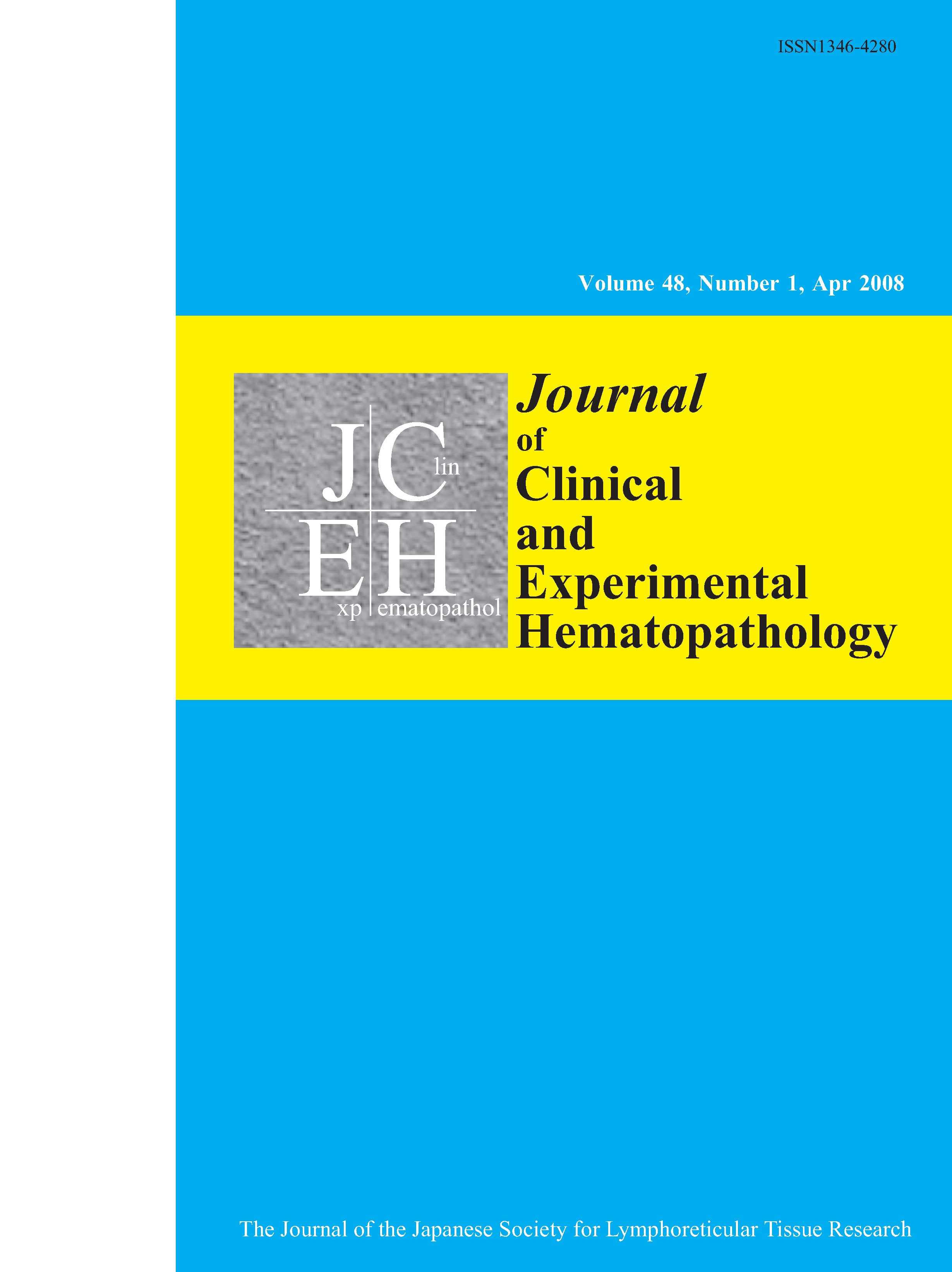Volume 58, Issue 3
Displaying 1-6 of 6 articles from this issue
- |<
- <
- 1
- >
- >|
Original Article
-
2018 Volume 58 Issue 3 Pages 107-121
Published: 2018
Released on J-STAGE: September 19, 2018
Advance online publication: August 08, 2018Download PDF (5988K) -
2018 Volume 58 Issue 3 Pages 122-127
Published: 2018
Released on J-STAGE: September 19, 2018
Advance online publication: July 14, 2018Download PDF (3517K)
Case report
-
2018 Volume 58 Issue 3 Pages 128-135
Published: 2018
Released on J-STAGE: September 19, 2018
Advance online publication: July 14, 2018Download PDF (3527K) -
2018 Volume 58 Issue 3 Pages 136-140
Published: 2018
Released on J-STAGE: September 19, 2018
Advance online publication: July 14, 2018Download PDF (2757K) -
2018 Volume 58 Issue 3 Pages 141-147
Published: 2018
Released on J-STAGE: September 19, 2018
Advance online publication: August 08, 2018Download PDF (13132K)
Letter to the Editor
-
2018 Volume 58 Issue 3 Pages 148-151
Published: 2018
Released on J-STAGE: September 19, 2018
Advance online publication: August 08, 2018Download PDF (2084K)
- |<
- <
- 1
- >
- >|
